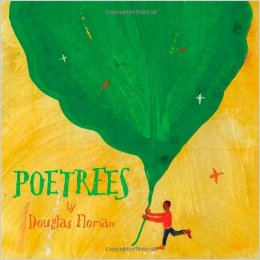 |
| Cecropia or Robin Moth |
I was so excited to find this beautiful but dead moth on the ground. It was a very windy day so I grabbed the moth before the wind could blow it away. The next thing I did was place it between two layers of bubble wrap and cardboard. I wanted to pin it so I could use to show students. The fragile feathery antenna were already breaking off. That is a good way to classify the insect as a moth rather than a butterfly. Most butterflies have long, slender antenna and moths have antenna that resembles a fine feather.
As soon as I got inside, I went straight to look up the insect in a resource guide. It was easy to spot in the moth section of the field guide. I found that it is a Cecropia or Robin Moth that feeds on more than 20 different species of Missouri trees and shrubs. Some common trees and shrubs that I have in my yard include willow, plum, box elder, soft maple and lilac. These moths are usually found from April to June and range in size from 3.75 to 6 inches. This one measured 6 1/2 inches!
The female is the largest Lepidoptera in North America. The life span is two weeks or less. From 3:00 am to sunrise, the female releases pheromones to attract a mate. This species will overwinter in the pupa stage.
I'm not sure which task was more difficult: to get a good photo with my camera or to create a watercolor. Both require skill and talent, as you can see, I am an unskilled beginner at both tasks. I've been an amateur photographer for years, but recently bought a complicated DLSR camera. I have much to learn. I also love children's art so I wanted to attempt the project. It was a good starting place for me.
 |
| Watercolor |

Love the watercolor.
ReplyDelete